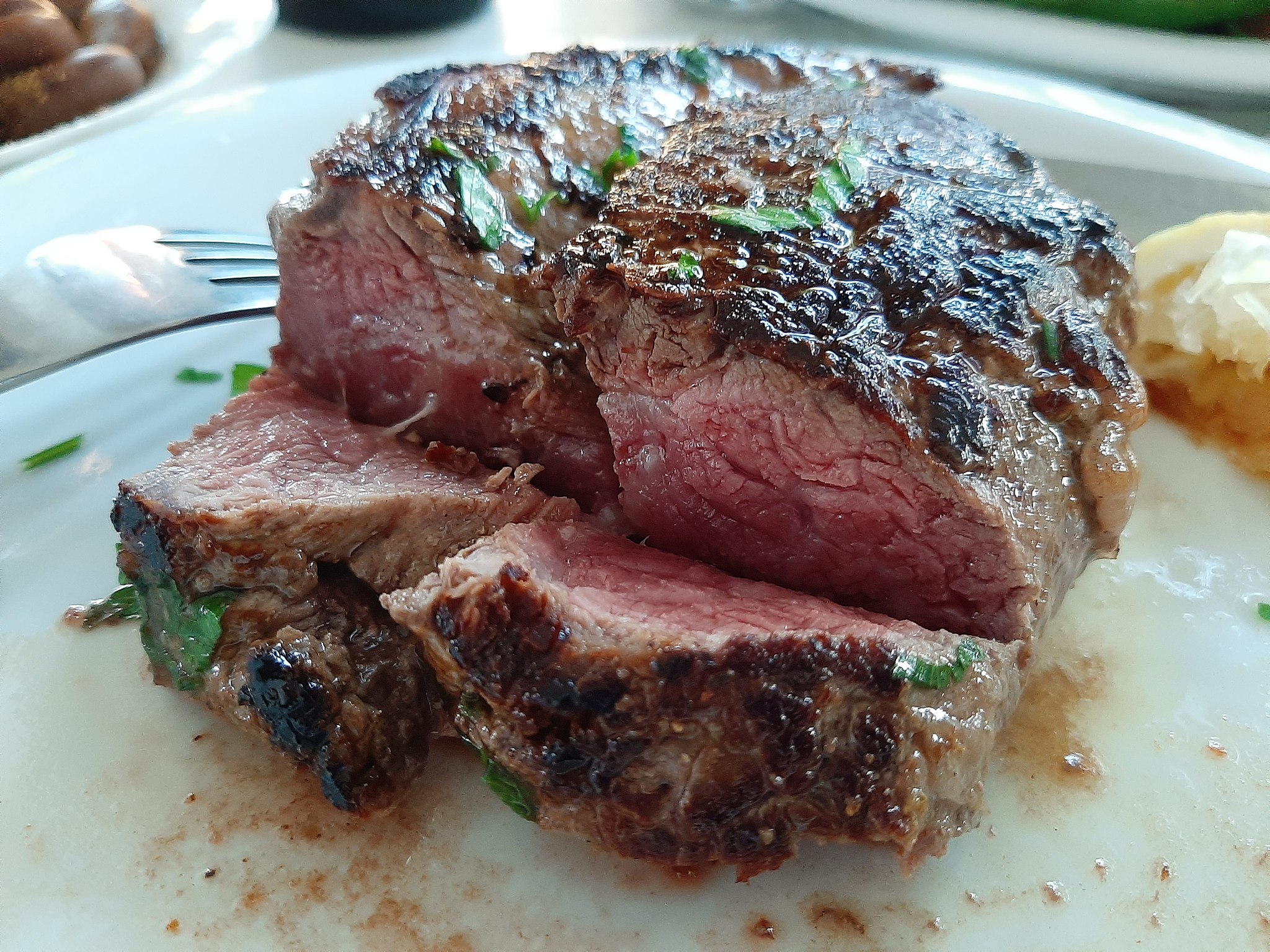Once, I was almost killed while walking in downtown Oakland. I’d waited for the light to change, so I could cross the street. After the crossing light came on, I started to walk. Just then, a car sped through the intersection, missing me by inches.
I’d done everything “right”: I was paying attention (i.e., not looking at my phone), using the crosswalk, and had waited until the light said it was OK for me to go… and I still almost got hit. What happened?
I was “eating the menu,” a phrase I picked up from Antony De Mello and J. Francis Stroud’s book Awareness. It appears in the context of a rhetorical question:
How many people spend their lives not eating food but eating the menu? A menu is only an indication of something that’s available. You want to eat the steak, not the words.
Here’s how I read this: there’s a difference between information about a thing and the thing itself. Information helps us understand the thing and make decisions about it — but it’s not the thing. You can’t “eat” it.
Often, information about the thing maps closely to the thing — i.e., the menu offers a good representation of the food you’ll get. But sometimes, there’s a misalignment between information and the thing itself.
For example, the restaurant may have run out of steak that evening and not had time or resources to reprint the menu. Or the driver may have been impaired, leading him to ignore the red light.
In either case, information about the thing (the menu, the crossing light) misrepresents the state of the world. There’s no steak, no matter what the menu says. It’s unsafe to cross, no matter what the light says.
The accuracy of information — i.e., the degree to which it represents real-world conditions — depends on it being tightly coupled to real-world conditions. The chef knows if there’s steak available that evening and can correct the menu (or not.)
On the other hand, the crossing light doesn’t “know” what’s happening on this particular street. The light is merely a timed device attempting to regulate traffic. Compared to the menu, the light is uncoupled from the situation it aims to elucidate.
Knowing whether information about a thing is tightly coupled to the thing’s actual conditions helps us act more skillfully. For example, if we know the crossing light is “dumb,” we’ll look for other data points before risking our lives.
As children, we’re taught to look both ways before crossing. But we don’t extend that cautious mindset to other domains. Our information-driven culture offers compelling menus — some of which are mostly decoupled from the conditions they describe.
Eat the steak, not the words.
